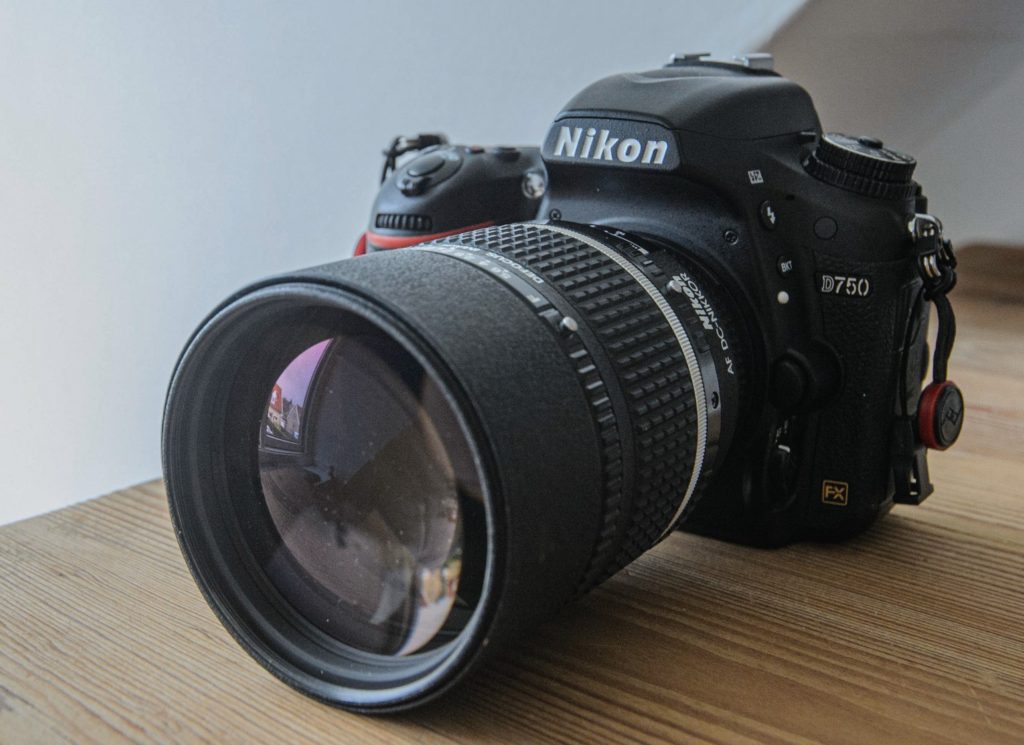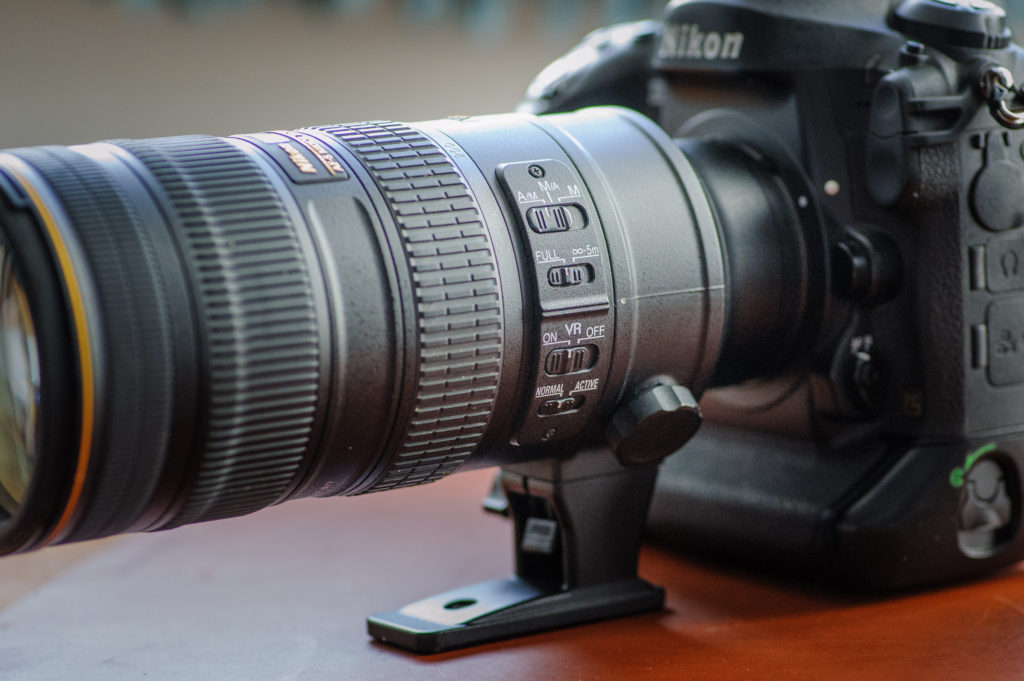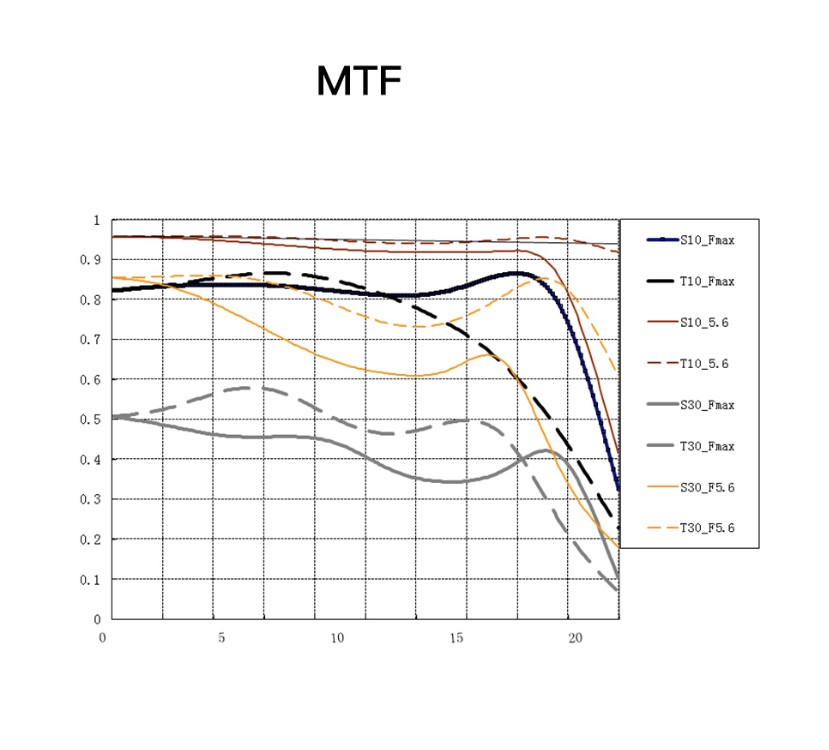The Megapixel war
Camera producers know that many consumers look to parameters and arguments that are easy to compare. So a camera with a certain amount of megapixels must be inferior to a camera that has double the megapixels, right? That is at least what the producers want you to think, so you buy a new camera or a new smartphone with better technical specs. But it may not necessarily be so that 24MP is better than 12MP. Let me explain why.
The need for MP
You actually need less MP than you think. Obviously, the more MP and the more resolution on your sensor, the more fine grained the image is and all things equal that must be better, right? Yes and no. Notice what you do when you view an image: instinctively you hold it in a distance so you can take in the entire scene. If you hold it too close, then you feel like you are watching a tennis game: your eyes ping pong all over the place, and it does not feel natural.
You can try this with your TV: If you go very close to it, you can probably spot the individual pixels, but as you move away, it all gels together to lines and curves and colors and shades. So the viewing distance is key to determine how much resolution you need. And the further you move away, the less resolution you actually need! I have not tried this, but the rumors has it that a billboard only has 1-2MP!! So the further away, the less resolution you need!
There are however some situations where lots of resolution can be useful.
Cropping
If you often find that you crop a lot in post processing of your images, then obviously the more MP’s you got, the more you can crop and still have an acceptable number of pixels left for the final image. And the more you have to start with, the more likely it is that the final result has sufficient resolution.
Viewing distance
Sometimes your viewers do not hold a natural viewing distance, simply because they use your image in another way than traditionally. For example I often stand in filled trains with – if not billboards – then large adds, and in those cases I get very close to the ads and hence the resolution needs to be good in order for me not to see a lot of unrelated dots. It can also be an exhibition where the audience find it natural first to view your image from a distance, and then go close to the image to study a detail. Also here the viewing distance is the parameter the necessitates lots of pixels.
Post processing
In some cases when you do post processing of your images, and especially where you use one part of a picture to repair or fill in another part of the image, it can be easier to do if the material is more fine grained when you work zoomed in several hundred percent. Again, it is because your post processing work takes an “unnatural” viewing distance.
How much is enough?
I have with my Nikon D700 (12 MP) printed images in size 70×100 cm and the client was very happy with the result. That is how little you need to print large. So if you just want to print large with a viewing distance, then in most cases 12MP will suffice. Also, if what you primarily do is upload your images to social media, it will undergo a lot of compression etc, so you have no benefit of a higher resolution. But, admitted, it seems like the normal resolution for a good enthusiast camera – both APS-C and FF – is around 24 MP.
Any disadvantage to high MP?
The file size will grow with increasing MPs and your hard disk and computer will feel the weight if you shoot RAW especially. Also, camera shake is more likely, as the fine grained sensors will be super sensitive to even the smallest movements, where there is more forgiveness in a sensor with big and fat pixels. Also, because the light is being hashed up to smaller and smaller units, the exact reading of the amount of light becomes more difficult and precise micro contrast is more difficult to obtain with a high resolution sensor.
Bottom line?
I shoot with anything from 12MP (Nikon D700), 16MP (Nikon D4), 24MP (Nikon Z6ii) to 36MP (Sony A7Rii). And one of my biggest disappointments was to work with the Sony files in LR. I may have had expectations beyond what is reasonable, but I must say that I did not reach the true “nirvana” that I had hoped for.
My experience tells me that it is much more important that you have a great lens that can feed the sensor with the best light possible combined with a sensor able to read the light precisely, than it is to have lots of megapixels. And that is probably why so many photographers in this day and age still hold on the their Nikon D700 coupled with some AI-S glass from back in the days, as it still delivers images with 3D feel and micro contrast far beyond what many more modern and high res sensors can deliver. But it is a complicated message to convey, and not one that makes the marketing headlines easy to make, and hence we will probably continue to see the pixel war continuing for years to come.





